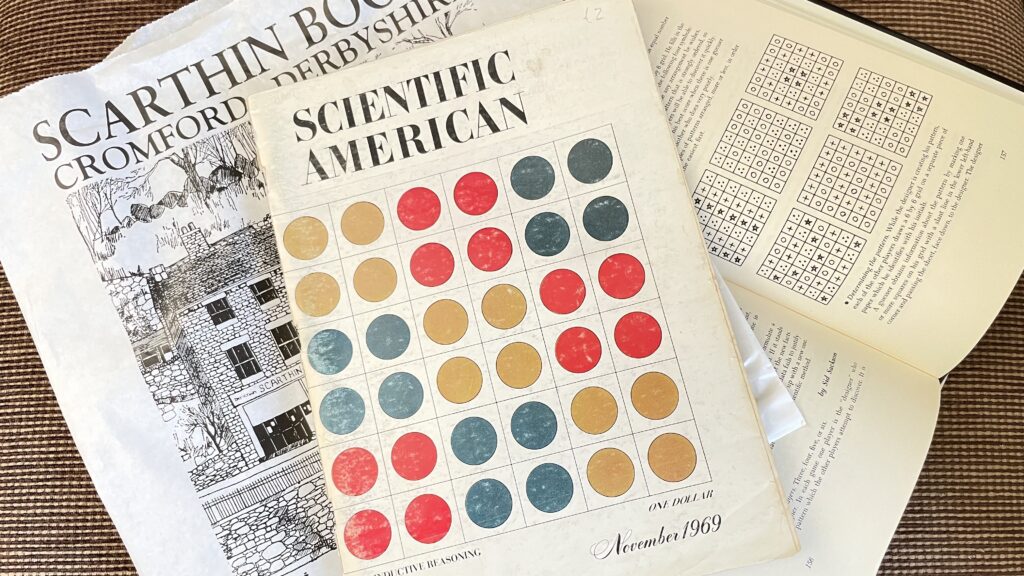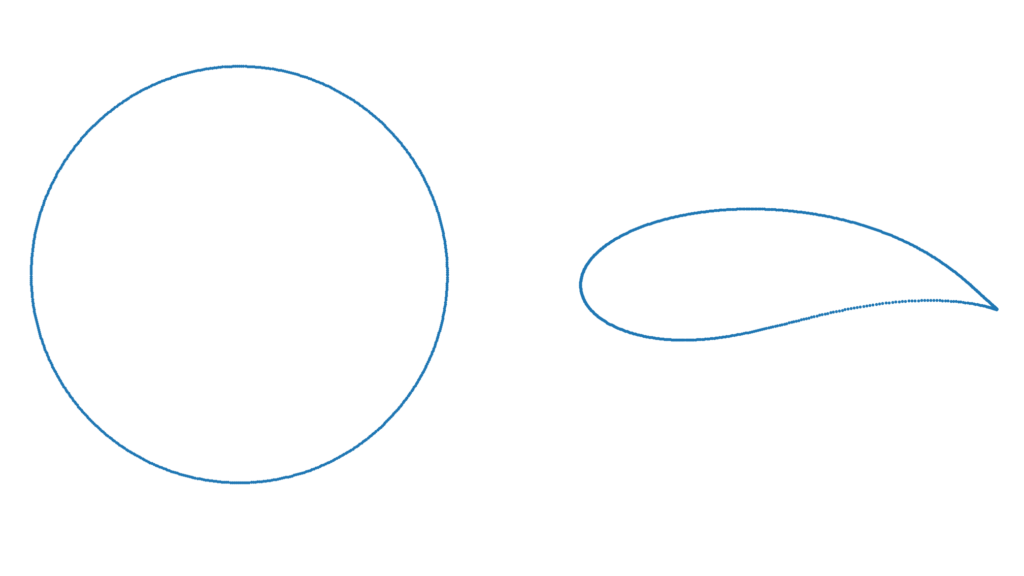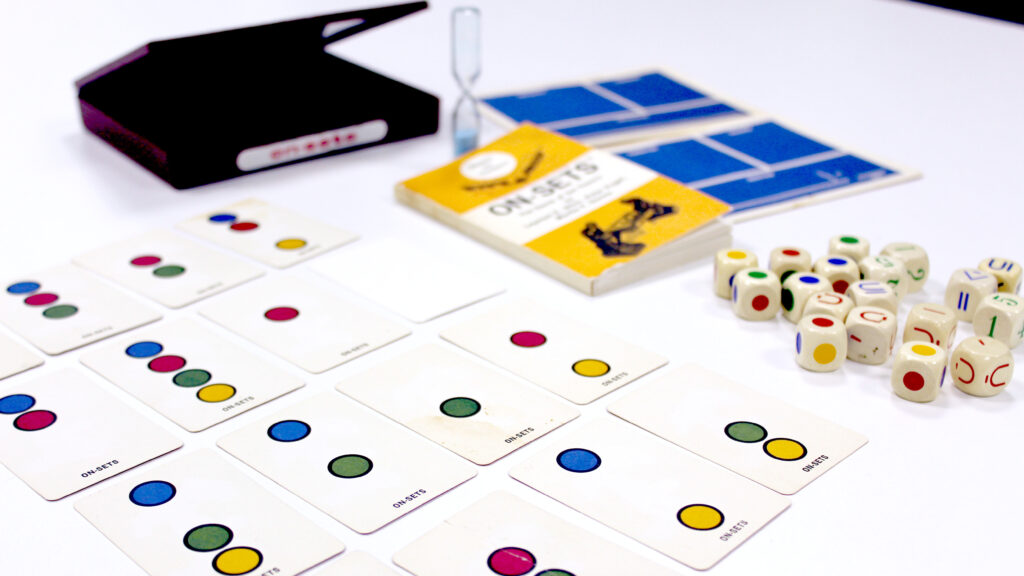Martin Gardner’s long-running column in Scientific American made it onto the front cover of the magazine twelve times. Gathering 4 Gardner refers to these cover stories as “A Gardner’s Dozen“, while pointing out that these aren’t his ‘greatest hits’ and the magazine artists didn’t necessarily reproduce the graphics as he would have liked them.
Nevertheless, I thought it would be a fun challenge to try to reproduce these in TikZ, a drawing package for LaTeX. I like TikZ, and appreciate a chance to practice my skills. Readers of the future will be able to judge how many of the dozen I produced, and how regularly I did these.
The first I chose is the cover from November 1969. Last summer I had the pleasure of visiting Scarthin Books in Cromford, Derbyshire while walking along the Derwent with my son. Inside I found a small pile of old copies of Scientific American and thought it would be nice to own a copy with an original Martin Gardner article. Naturally, I chose the issue they had where his article provided the cover image.






